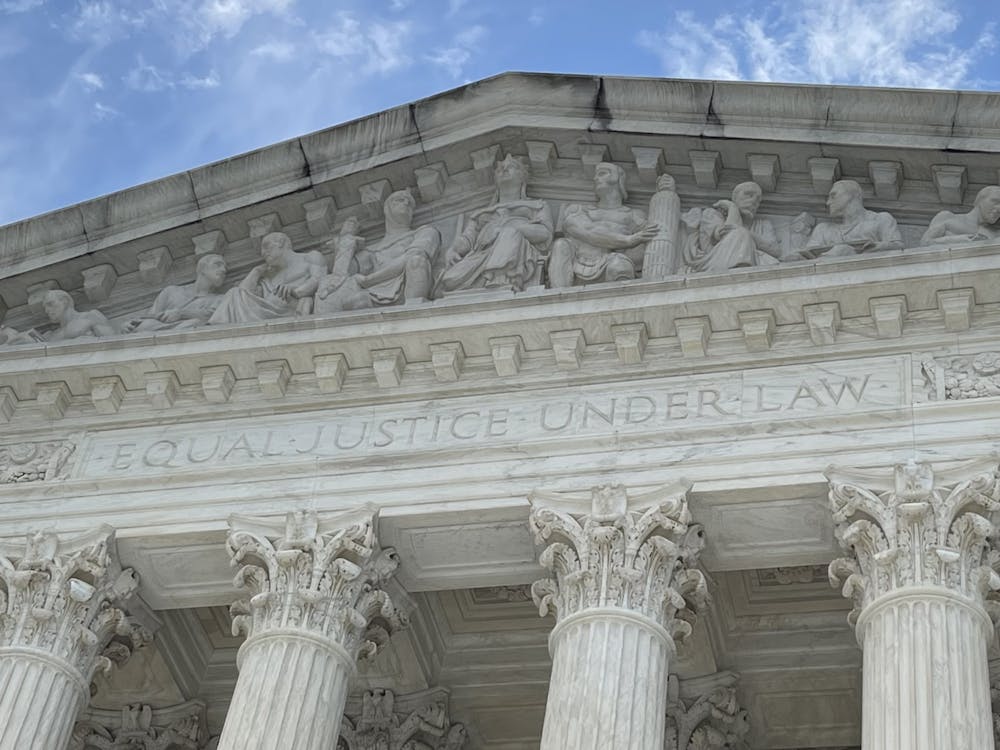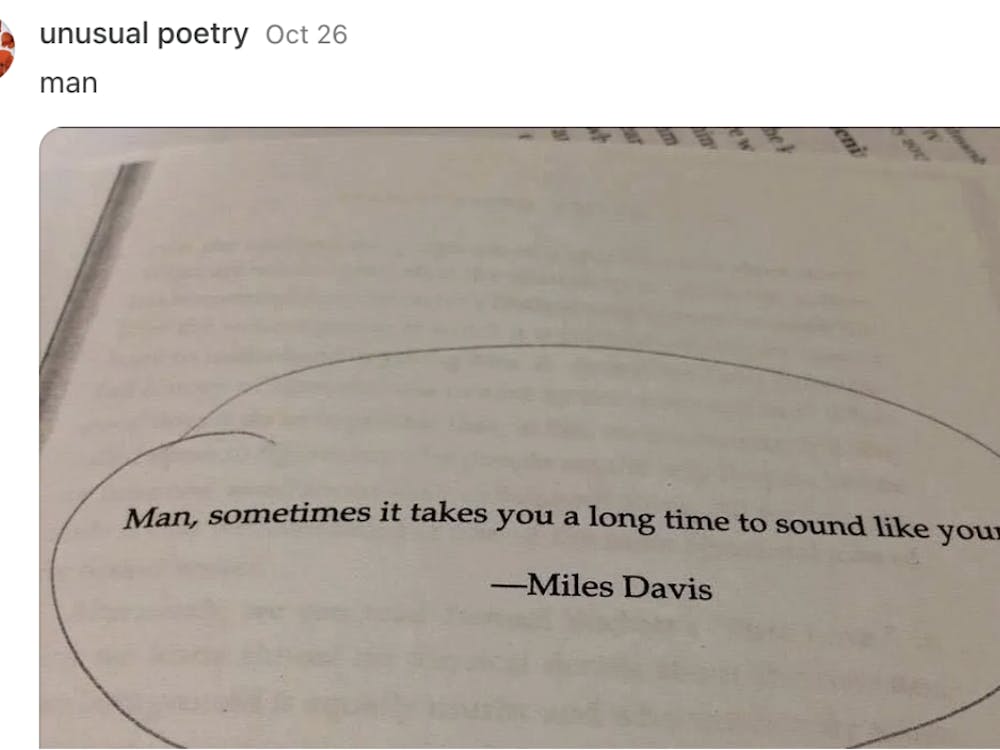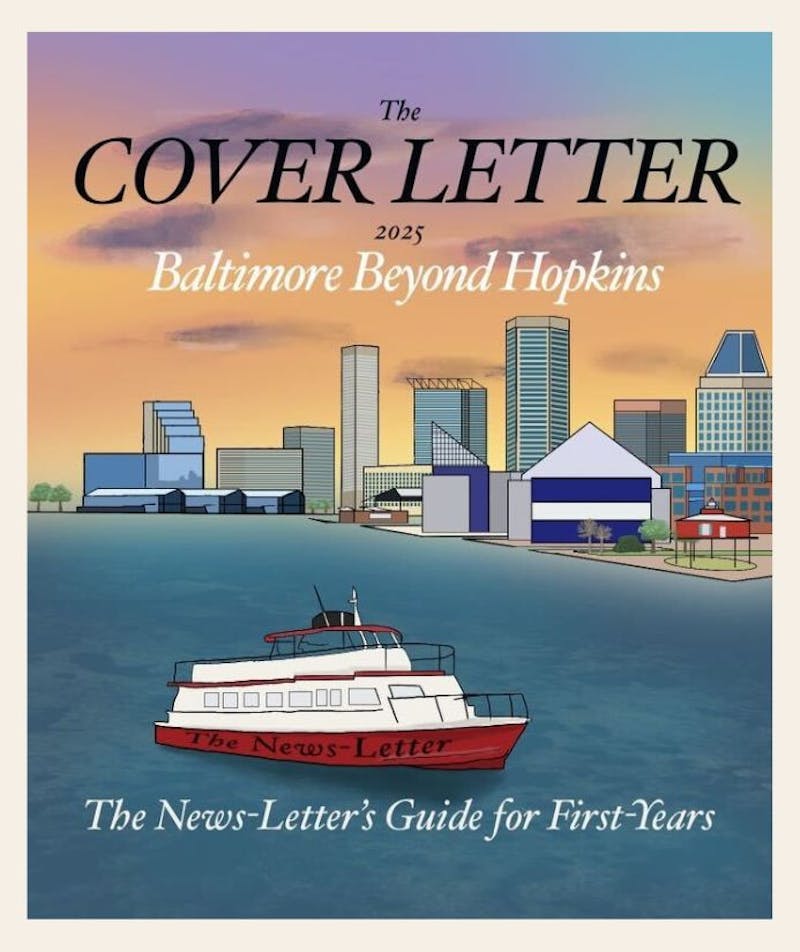On Sept. 8, the U.S. Supreme Court — by a 6-to-3 majority, divided along ideological lines — temporarily halted the enforcement of an appeals court ruling against the U.S. Immigration and Customs Enforcement’s (ICE) ability to use frivolous discriminatory factors such as skin tone and speaking Spanish as a reason for stopping individuals and checking their immigration status. This decision comes as a significant departure from the so-called ‘race blindness’ the Supreme Court has tried to pursue in college admissions and allowed ICE to continue their crackdown in Los Angeles. This temporary halt also represents a major step back for the Fourth Amendment right not to be subject to stops or detainments without reasonable cause, especially for reasons solely regarding race.
This latest decision comes at the end of a very long string of opinions the Supreme Court has issued over the past few years that promoted common conservative agendas among the conservative bloc in relation to abortion rights, gun control, affirmative action, homelessness, regulatory prowess of the government and, more recently, transgender minor rights. It cannot be said that these goals of the six-member conservative supermajority on a nine-member bench were unexpected, as conservative supporters had these policy goals in mind when they propelled many of the conservative justices onto the Supreme Court. What is not expected, however, or even coherent, is how the conservative justices have dealt with executive power.
In 2024 — the same year that the Court handed down one of the most devastating rulings for government regulatory power, Loper Bright Enterprises v. Raimondo, which overturned the landmark Chevron doctrine that gave preference to regulatory agencies to interpret regulatory laws — the Court also handed down one of the most expansive decisions of presidential immunity ever, making the president presumptively or totally immune from prosecution for or court reviews of any acts which involves the exercise of a president’s “core constitutional authorities.”
The court, in this whiplash, has shown its affinity for the fringe right-wing unitary executive theory promoted by the Heritage Foundation. This group drafted Project 2025, which Trump has shown a great affinity towards despite his rhetoric on the campaign trail, and places the president at the forefront of the executive branch. The executive branch has also been put in front of every other branch of government, with successive rulings that allowed Trump to continue deportations, ban transgender members in the military, cut research grants, fire federal workers en masse (including in safety regulatory commissions) and, recently, lift an order from a federal court regarding foreign aid payments and spending.
Time and time again, the conservative supermajority on the bench has put more and more power into the hands of the president and his administration: the same administration that is now eyeing to overturn the Federal Circuit court ruling on tariffs which halted most of the sweeping tariffs Trump had imposed. It also sought to remove Federal Reserve Governor Lisa Cook arguably for partisan gains. While the final say for many of the cases are not done yet, the Court’s conservative supermajority’s willingness to allow a president to run rampant for the time being betrays the fear that a president will disregard a Supreme Court order. That fear is the basis of a Court that seeks to preserve its own legitimacy rather than actively serve to defend democratic checks and balances.
Chief Justice John Roberts, throughout his two-decade reign over what is often regarded to be one of the most politically conservative Supreme Courts in the last century, can be described as one of the most staunch defenders of the judiciary through his preference – but not absolute adherence, especially in recent years – for judicial restraint and a reliance on precedent. A deep pragmatist, he has been no friend of the Trump administration on many occasions. He has sided with the liberals on some of the cases of the 2025 fall docket so far (although taking care to never be part of a liberal majority) along with Justice Amy Coney Barrett. He even has issued open rebukes of the Trump Administration during its feud with U.S. District Judge James Boasberg on allowing deportation flights, after Trump threatened to impeach Boasberg for halting the order.
Roberts’ fears lie in a central worry for not only his position but also the institution he has served for two decades. When President Andrew Jackson — whom one can consider an “imperial president,” comparable to Donald Trump today — was rumored to say in response to the Supreme Court ruling on reaffirming the sovereign rights of Native Americans in Georgia, “John Marshall has made his decision, now let him enforce it.” Therein lies the fear of the current Supreme Court, and John Roberts specifically, of the president seeing the Supreme Court as totally irrelevant. This sets a dangerous precedent for the future of the foundation the Court relies on to enforce its rulings.
Until the midterm elections in 2026, the judiciary stands as the only check upon President Trump and his loyalists within the bureaucracy and Congress. When the mantle of defending democratic principles and the rights of people fall again into the hands of Roberts and the current bench, will they step up to the task now and in the future with another demagogue, maybe even one that is a Democrat? Perhaps not, given their current track record. What Roberts does not seem to realize in maintaining the legitimacy of his Court by appeasing the president is that, by ruling out of fear that the president might break a Supreme Court order, he has already broken the legitimacy of the Court.
It is an unprecedented time in United States history, and when the executive and legislative branches bow to the whims of a president who seeks to be king, the judiciary must be the one who steps up regardless of the futility. At the bare minimum, the judicial branch should not seek to appease a rogue administration through aiding its systemic dismantling of aspects of American democracy. While Roberts is correct in surmising that institutions, not people, are at the heart of long-lasting democratic governance, what good is an institution that has lost the faith of the people it seeks to serve? What good is an institution when bedrock rights are being ignored by the state?
Democratic governance requires institutions, but there is no democratic state without the freedom of the people. Now, as the Supreme Court takes on the cases regarding Trump’s tariffs, the fate of Federal Reserve Governor Lisa Cook and the independence of the Federal Reserve as a whole from partisan politics, the Court is no longer an isolated institution free from public need existing in its own ivory tower but the last political organ to defend the common people and the government from itself.
Chris Zhang is a freshman from Atlanta, Ga. studying International Studies.





